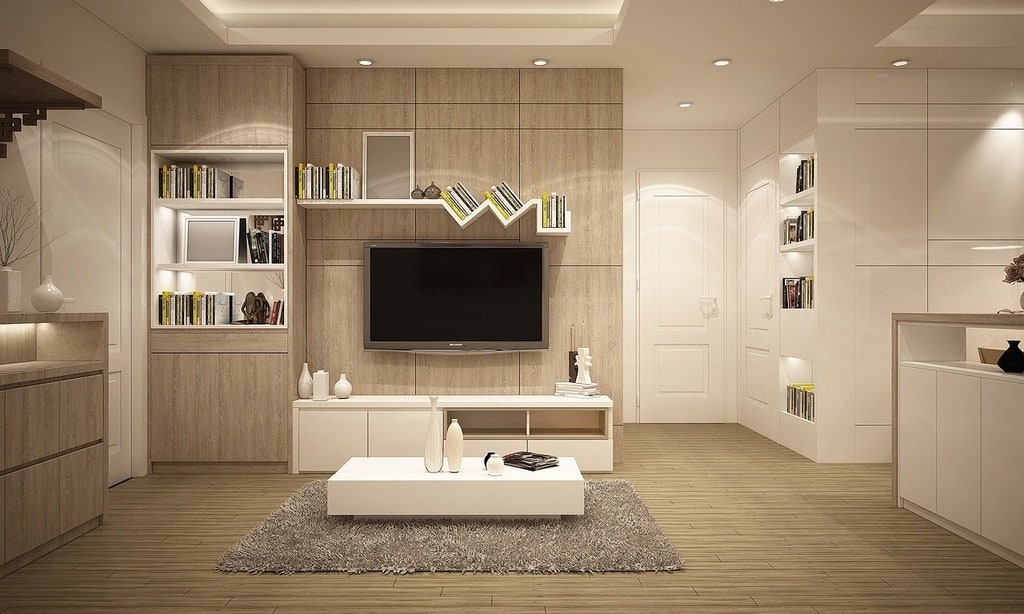Minimalist spaces, bold impact
Minimalism in design has grown from a niche trend to a mainstream movement, increasingly embraced by many for its emphasis on simplicity and functionality. While minimalist spaces are often characterized by clean lines and a lack of clutter, they can still make a bold impact. By carefully selecting each element, these spaces can convey a sense of elegance and purpose, proving that less can indeed be more.
Creating Minimalist Spaces with Bold Impact
In the realm of interior design, the concept of minimalism revolves around the idea of stripping away the unnecessary. This approach fosters an environment where every piece has a purpose and contributes to the overall aesthetic. The challenge and beauty of minimalist spaces lie in their ability to be both striking and serene. A minimalist interior does not mean a lack of character; rather, it allows for personal expression through thoughtful design choices.
One of the core principles of minimalism is the use of a neutral color palette. These shades create a calm backdrop, allowing other aspects of the design to stand out. Textures, forms, and materials become the focal points, each telling its own story. The contrast between these elements and the simplicity of the surroundings can create a powerful visual impact.
Incorporating bold artwork or a statement piece of furniture can transform a minimalist space. By choosing a single item to draw attention, the entire room can feel more dynamic. This approach emphasizes the mantra that in minimalism, quality trumps quantity.

Elements to Consider in Minimalist Design
Designing a minimalist space requires careful curation and attention to detail. While the overarching theme is simplicity, the journey to achieve it can be complex. Understanding the foundational elements of minimalist design can serve as a guide for creating impactful spaces.
First and foremost, decluttering is essential. This process involves removing unnecessary items, ensuring that only those with functional or aesthetic value remain. Minimalism thrives on open spaces and the absence of visual noise. By eliminating clutter, a room can breathe, and the remaining elements can shine.
Another important aspect is the selection of materials. Natural materials such as wood, stone, and metal add a touch of warmth and authenticity to minimalist spaces. These materials, with their innate textures and colors, provide contrast and interest without overwhelming the design.
Consider the following elements when designing a minimalist space :
- Neutral color palettes
- Use whites, grays, and earth tones to create a calming environment.
- Functional furniture
- Choose pieces that serve a purpose, ideally with clean lines and simple forms.
- Natural light
- Maximize the use of natural light to enhance the openness and warmth of the space.
- Strategic use of art
- Select a few key pieces that add character and interest without cluttering the space.
- Quality over quantity
- Invest in well-crafted items that will stand the test of time.
The Emotional Impact of Minimalist Design
A minimalist approach in design not only affects the physical space but also has a profound impact on emotional well-being. The simplicity and order inherent in minimalist spaces can foster a sense of peace and clarity. When surrounded by fewer distractions, it becomes easier to focus and relax.
By reducing clutter and emphasizing functionality, minimalist environments can alleviate the stress associated with chaotic surroundings. The clean and organized nature of such spaces promotes a sense of control and tranquility. This can be especially beneficial in a world that often feels overwhelming and fast-paced.
Furthermore, minimalist spaces encourage mindfulness. With fewer objects vying for attention, it becomes easier to appreciate the beauty and craftsmanship of each piece. This appreciation can lead to a deeper connection with the surrounding environment and a greater sense of gratitude.
Timeless Appeal
Minimalist design continues to resonate with people due to its timeless appeal. Unlike trends that come and go, minimalism is anchored in principles that transcend fleeting fashion. Its focus on simplicity, quality, and functionality ensures that minimalist spaces remain relevant and admired over time.
By embracing minimalism, individuals can create environments that reflect their values and lifestyle. These spaces, while simple, are deeply personal and impactful. The boldness of minimalism lies in its restraint, allowing for an expression that is both subtle and profound.
In a world filled with excess, minimalist design offers a refreshing alternative. It encourages thoughtful consumption and intentional living, ultimately leading to spaces that are not only beautiful but also meaningful.
